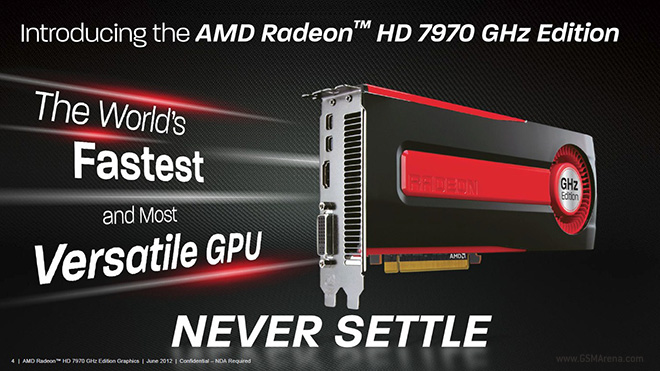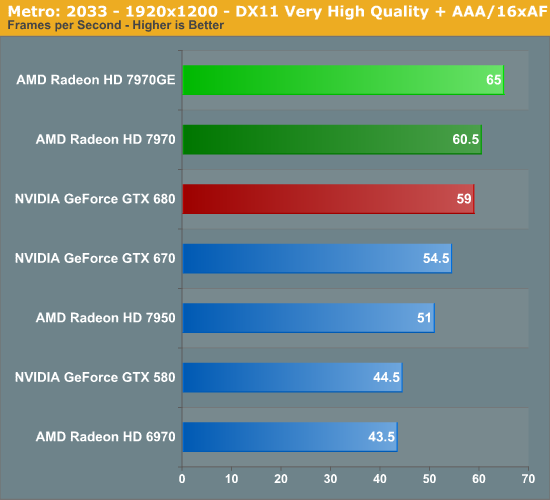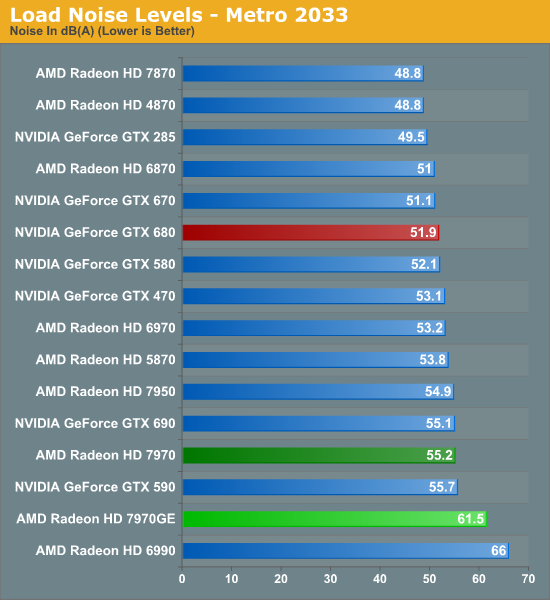Introducing The GeForce GTX 680M Mobile GPUIn March NVIDIA introduced the GeForce GTX 680, the most advanced and efficient graphics card ever made. With peerless performance and an innovative feature set, the GTX 680 won countless awards from the independent press and allowed gamers to enjoy the latest and most demanding titles with every single setting set to maximum.

Today, NVIDIA is announcing the GeForce GTX 680M, the fastest mobile GPU ever, designed using the same Kepler architecture as its desktop counterpart, and featuring the same technological advances that drew such praise. Gaming notebooks and desktop replacements from Alienware, MSI, Origin PC, and others, will be on sale soon, and will pack in the same features and advancements as the desktop GTX 680. In other words, GTX 680M notebook users also will benefit from Adaptive VSync, Control Panel FXAA Anti-Aliasing, TXAA Anti-Aliasing, and the architecture’s core efficiency improvements.

On desktops, Adaptive VSync’s sole purpose is to produce a smoother, more responsive gameplay experience, but away from the wall on notebooks it saves power by limiting frame rates to the refresh rate of the system’s screen, giving players the best experience without needlessly running the game at hundreds of frames per second, thereby draining the system’s battery.
When you’re plugged in, the GTX 680M’s performance can be unleashed, producing over 60 frames per second in Battlefield 3, one of the most technologically advanced games of recent years. With every single effect on max and hardware-accelerated PhysX effects enabled, Batman: Arkham City sits pretty at over 40 frames per second, and the world’s most popular role-playing game, The Elder Scrolls V: Skyrim, tops 60 frames per second, as do most other games on our chart below.

Many of these games will continue to run smoothly with the addition of edge-smoothing Multisample Anti-Aliasing (MSAA), but occasionally the cost of its use is too high, reducing frame rates to undesirable levels when all the bells and whistles are enabled. There are also circumstances where MSAA isn’t the optimum solution, be that in a game with numerous transparent textures that can’t be anti-aliased by the ageing technique, as in Batman: Arkham City, or where its video RAM usage is simply too great.
The solution is FXAA, a high-speed, low-cost post-process anti-aliasing technique that can now be applied to any game through the NVIDIA Control Panel. We’ve spoken at length about its virtues in the past, revealing how its performance cost can be as low as 2%, and its fidelity on par with that of MSAA, but the proof is in the pudding, so take a look at the interactive comparisons below and you’ll see what we mean.


Looking at how flagship GPU performance has changed over the last few generations, we can see what a dramatic step forward GeForce GTX 680M truly is. Comparing the GeForce GTX 480M to the GeForce GTX 580M, we see a performance increase of 22%. And as impressive as the GeForce GTX 580M was, the new GeForce GTX 680M is in another league, offering a staggering 80% boost in performance.

As you can see in the table below, the GTX 680M eclipses the performance of the GTX 580M by such a margin thanks to its advanced chip design that increases the number of CUDA Cores by 3.5x, memory bandwidth by 19.2GB/s, memory speed by 300MHz, and available memory by 500MB. Most importantly, the GTX 680M achieves such performance even with a GPU clock speed that’s 520MHz lower than its predecessor. Lower clock speed means lower power consumption. That the GTX 680M is able to outperform its predecessor while consuming less power is perhaps its greatest merit.
On mobile devices this massive efficiency improvement results in a cooler, more lap-friendly machine that draws less power and outputs less heat, even though performance is 80% higher than that of the GTX 580M. And away from the wall this of course means more gaming per charge.
There are currently eight GPUs in the GeForce 600M series; their respective performance is shown in the chart below. As you can see, the performance generally scales according to the model number of the GPU, but the GeForce GTX 680M proves to be an exception, with a 37% performance advantage over its closets sibling.

ConclusionThe GeForce GTX 680M is our highest performing, most efficient mobile GPU ever, and is available soon as part of notebooks from manufacturers such as Alienware, Clevo, MSI and Origin PC. 80% faster than the previous-generation flagship, the GTX 580M, the GTX 680M tackles the latest, most demanding games with ease, all of which can be further improved with features such as Adaptive VSync and FXAA Anti-Aliasing.
Within their lineups, manufactures are offering GTX 680M models equipped with two GPUs in SLI for even faster frame rates; models with our Optimus technology that sees the system switch to an integrated, low-power GPU when web browsing or word processing; and models with NVIDIA 3D Vision 2 LightBoost screens for even brighter stereoscopic 3D gaming on the go.
http://www.geforce.com/whats-new/articles/introducing-the-geforce-gtx-680m-mobile-gpu/GeForce 600M Series GPUs are built for superior performance and power efficiency. Only GeForce GPUs offer:
- Adaptive V-sync - newly developed technology for a smoother gameplay experience
- Advanced AA modes - for crisper images, including NVIDIA FXAA and new TXAA
- NVIDIA Optimus™ technology - enabling extra-long battery life by automatically switching on the GPU only when it is needed
- NVIDIA PhysX® support - for accelerated in-game physics
- NVIDIA 3D Vision® 2 technology - for bigger, brighter, more comfortable 3D gaming
- NVIDIA 3DTV Play™ software - for connecting notebooks to 3DTVs for the most immersive gaming experience to be had in a living room
- High-performance NVIDIA Verde™ notebook drivers - offering day one game support and maximum compatibility
- NVIDIA SLI® technology - make the fastest notebook GPU even faster with up to double the gaming performance
- NVIDIA CUDA® technology support - for high-performance GPU computing applications
Separately, Alienware announced its M17x and M18x gaming laptops will be available with GeForce GTX 680M GPUs in the next couple of weeks.





















